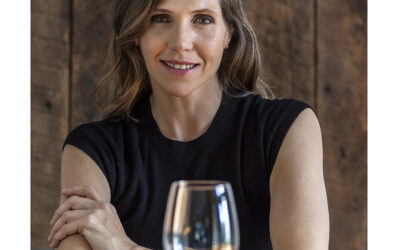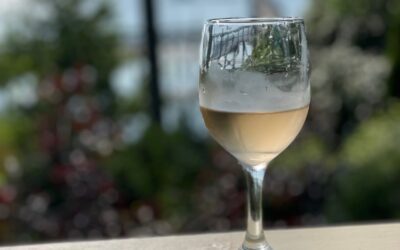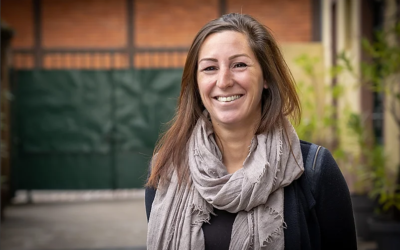Who does not love seeing a glass of Champagne poured, the bubbles fizzing and a foamy head of mousse rising to the top of the glass. But how does all this happen? Its actually quite simple. Don’t let the fizz out of the wine!
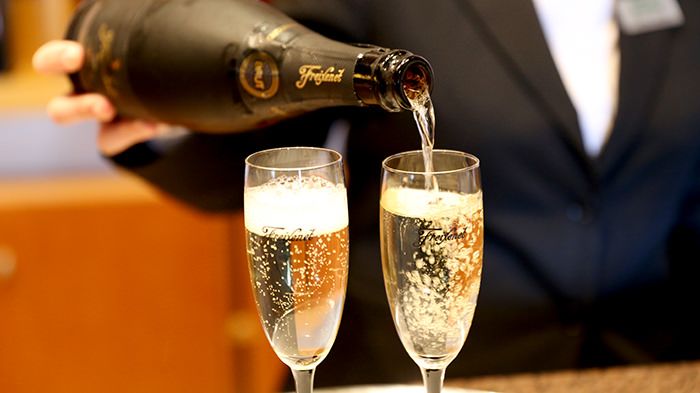
All wine production produces carbon dioxide. When yeast ferment grape juice they produced alcohol, heat and carbon dioxide. Carbon dioxide is always produced when alcoholic fermentation is carried out using yeast – either cultured or ambient. It is similar to the foam created when you proof yeast for bread baking. In fact that is why there are often autolytic aromas (yeast, bread dough, biscuit, brioche) in many sparkling wines, especially those of Champagne.
All wines have the potential to have some effervescence, but sparkling wine is known for the bubbles and mousse (foam) that give it a special look and feel. “Seizing the foam” or prise de mousse in French, is the one important difference that makes this type of wine special.
Whether the wine is made traditional method, with a second fermentation in the bottle, or tank method, in a pressurized tank, creating the bubbles is all about keeping in the carbon dioxide that is produced as a by product of fermentation. Since the activity of yeast was discover in the mid 1800s by Louis Pasteur and bubbles in wine became controllable versus accidental, this process has had many scientific and technology advancements to create a precise outcome. (NOTE: some inexpensive sparkling wines made by carbonation, the same way that soda is produced. We will not address that method today).
Sparkling wines retain that and it is absorbed into the wine, to be released when we enjoy it in a glass.
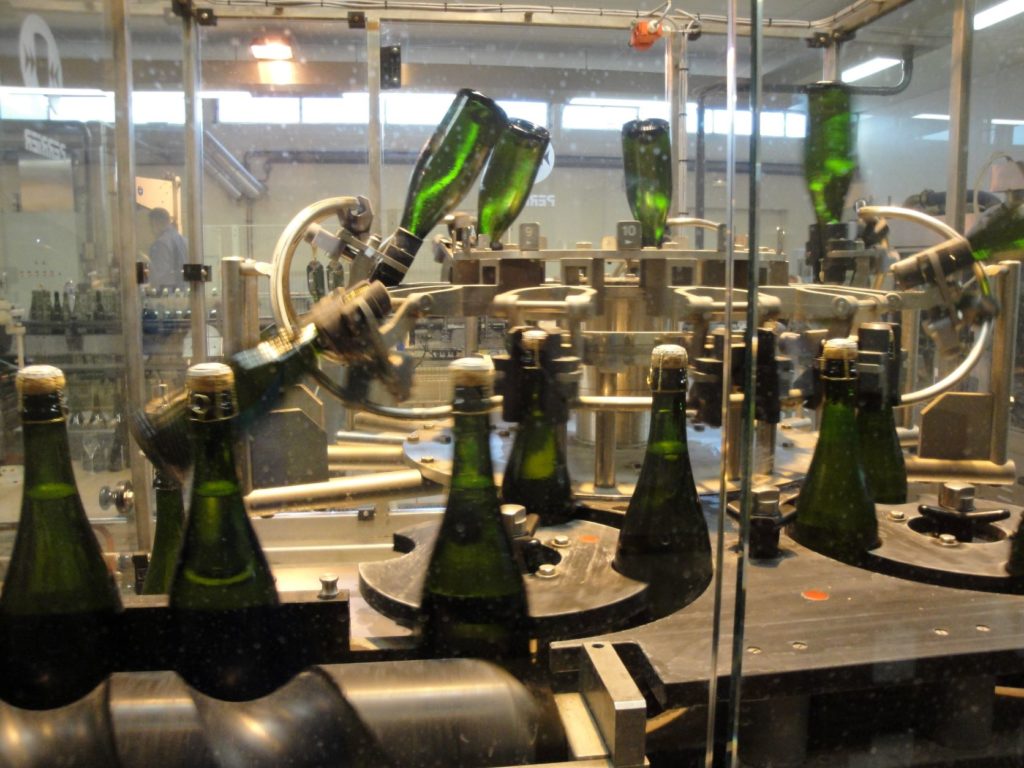
Let’s go through the process of traditional method bubbly production:
- A still base wine is produced in tanks and bottles are filled
- Prise de mousse – “seizing the foam” begins
- Liquer de tirage is added – a mix of yeast, nutrients, additives that will help the sediments easliy clump and sugar. Sugar is key as it will give the yeast something to feed on to create an extra few degrees of alcohol and also create the carbonation that will give the wine its bubbles
- The wine goes through second fermentation and ageing on the lees, then is disgorged (sediment removed)
- The bottle toped up and corked. It is generally done with machinery that minimize the loss of any carbonation.
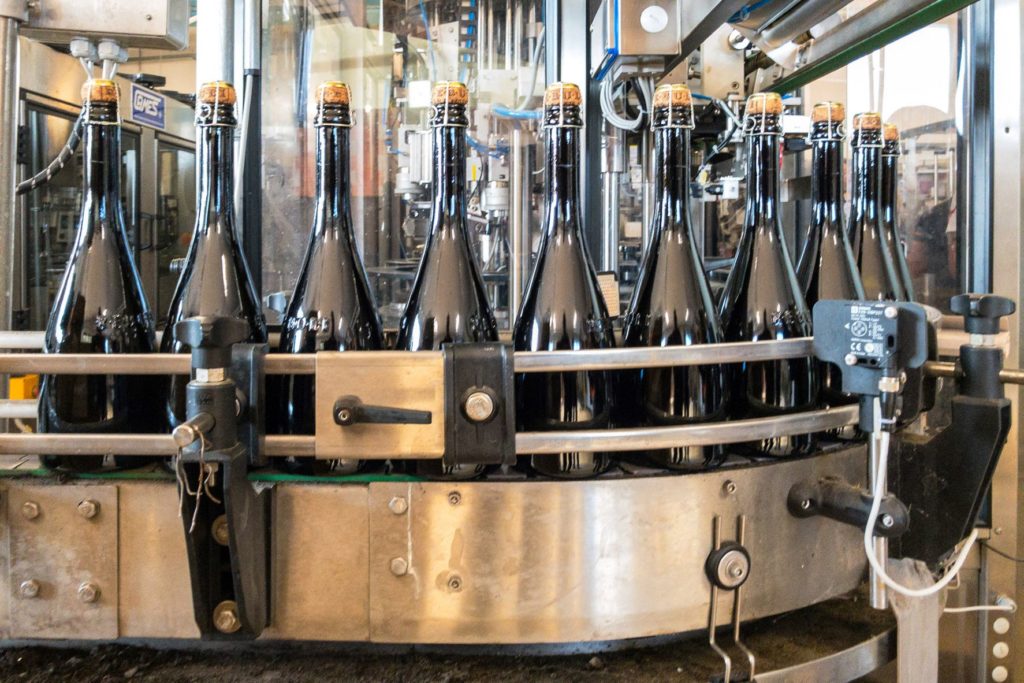
Now let’s look at tank method, which is much shorter and used for wines like Prosecco:
Still wine is created in a stainless steel tank.
- The second fermentation is similar to the traditional method except it is done in a pressurized tank rather than a bottle. This tank keeps in all the carbon dioxide.
- There is no disgorgement and topping up – the wine is filtered from the tank and bottled under pressure. This is fast and inexpensive process done by machinery.
Now that you now how bubbly is made, I hope you get a chance to have some soon!
Cheers!

